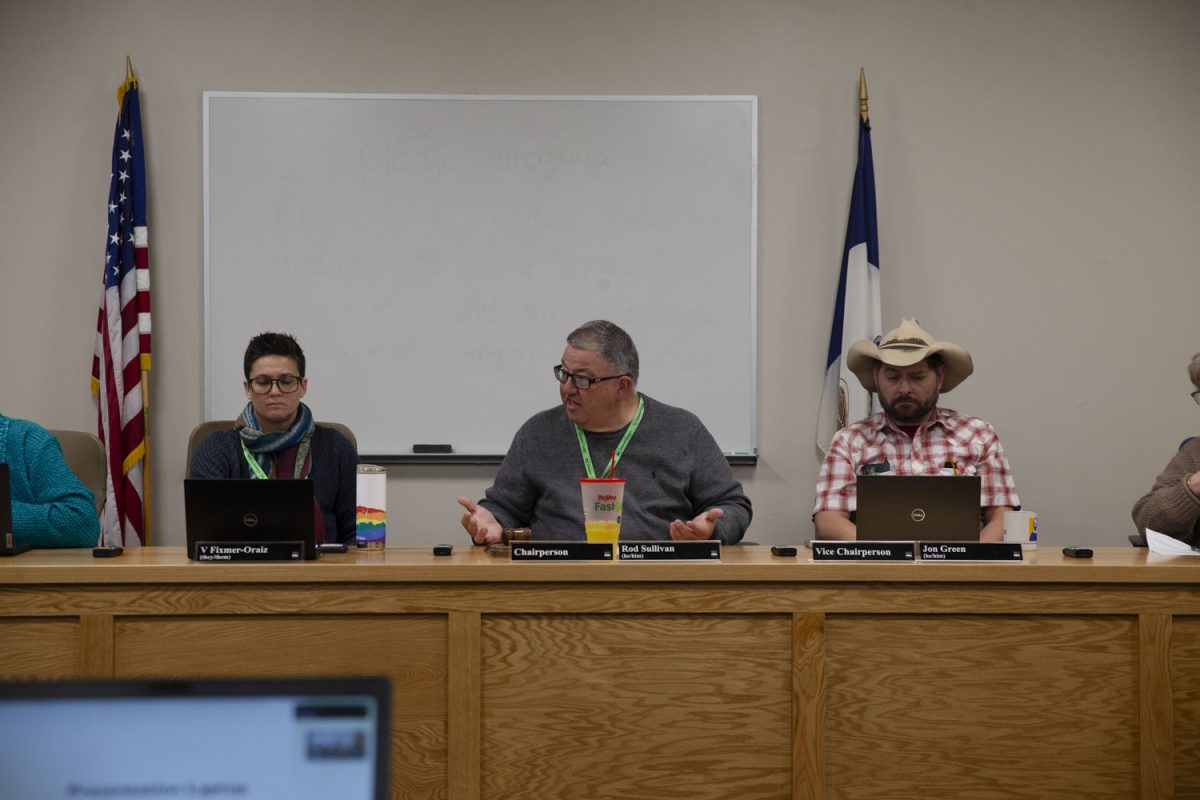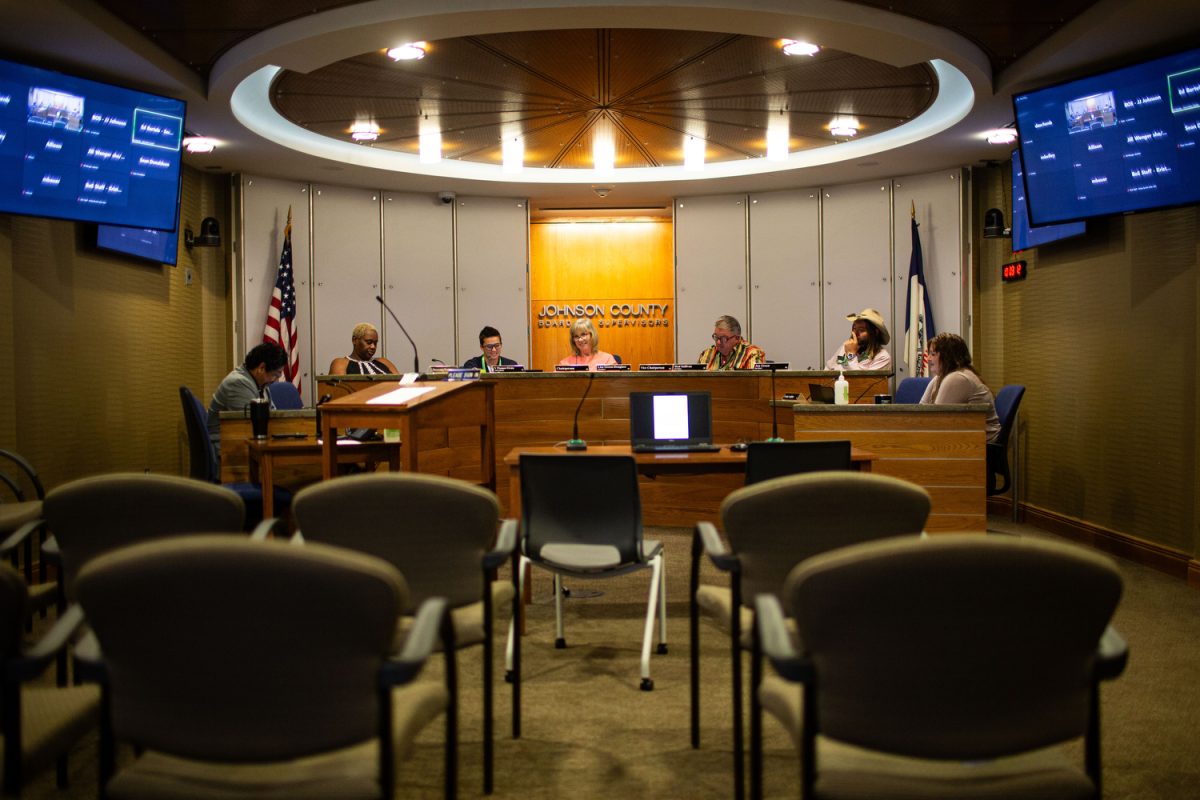According to the National Eating Disorders Association, which raises money and awareness for eating disorders, anorexia is the third-most-common chronic disease among young people, after asthma and Type 1 diabetes.
On April 28, Iowa City community members gathered to walk for the association in City Park. The walk was a special day for organizer Paige VanCleave, whose best friend Kathryn died due to anorexia approximately two years ago.
It was only after Kathryn’s death that her mother, Rebecca Muller, started doing some research on a connection she thought she saw: autism and anorexia. Kathryn had never been diagnosed with autism, but after some reading, her mother thought it could be possible. VanCleave said many times that she has asked herself how they didn’t know of the connection before.
“It’s not just always about being skinny and the way they look,” VanCleave said. “It’s a mental illness, just as depression is, just as anxiety is, and we need to look at it differently.”
Studies have shown indications that the two conditions could be correlated, but no major conclusions have been drawn.
Jennifer O’Toole, the best-selling author of such books as Sisterhood of the Spectrum and upcoming memoir Autism in Heels: The Untold Story of a Female Life on the Spectrum, was diagnosed with autism just after her kids received a similar diagnosis in 2011. O’Toole is also a survivor of anorexia, and she came to speak at the walk at the request of Muller. After Muller stumbled upon one of O’Toole’s works, she reached out, and as it turned out, O’Toole and Kathryn had many of the same qualities.
“This connection hasn’t reached mainstream awareness or awareness in the eating-disorder community,” O’Toole said. “Turning in toward the self becomes a level of abuse.”
O’Toole said women have a much lower chance of being diagnosed on the spectrum. The most common misdiagnosis for Asperger’s is bipolar disorder. This type of misdiagnosis leads to the wrong treatment for patients, which lessens their chance of getting better, she said.
There are many characteristics of those who are on the spectrum that are also found in those with eating disorders. A desire for control & repetitive behaviors are found in those on the spectrum.
O’Toole said people on the spectrum are predisposed to harm and to not know how to cope and solve problems in a way that would engage other people. There needs to be a better understanding of what a female with autism can look like, she said.
Another survivor, Brooke Easton, said her struggles still continue today, 20 years after she started getting better.
“I remember the day I started eating again,” she said when she began her speech.
Easton described it as a game of tug of war. She said people will tell her she is fine; however, she said there are days that her brain takes over, and it isn’t fine anymore.
“My brain is mean and says things to me I would never say to another person,” she said.
Both O’Toole and VanCleave said the connection between autism and eating disorders needs be discussed in the medical community, eating-disorder community, and everywhere else. That way, the problem can be recognized earlier and more lives could be saved.










